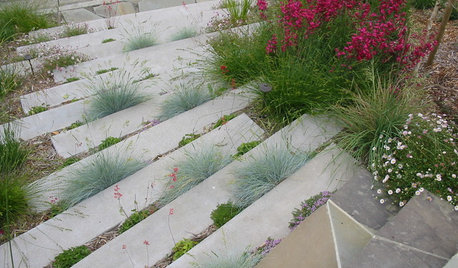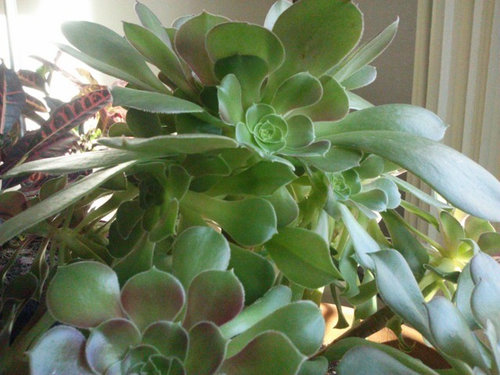Looking for opinions on pruning Aeonium arboreum
tommy1tone
10 years ago
Related Stories

GARDENING GUIDESGarden-Friendly Native Alternatives to Overplanted Exotics
There are lots of gorgeous, wildlife-friendly native plants ready to make an appearance in your garden
Full Story
PLANTING IDEASPlant Your Hardscape for Unexpected Green
Nestle greenery among pavers, steps and more for a yard brimming with life and creativity
Full Story









tapla (mid-Michigan, USDA z5b-6a)
tommy1toneOriginal Author
Related Professionals
Manorville Landscape Architects & Landscape Designers · New Mexico Landscape Architects & Landscape Designers · Athens Landscape Contractors · Brunswick Landscape Contractors · Cockeysville Landscape Contractors · Conroe Landscape Contractors · East Chicago Landscape Contractors · Overland Park Landscape Contractors · Plantation Landscape Contractors · Wareham Landscape Contractors · West Covina Landscape Contractors · Wilsonville Landscape Contractors · Irvington Landscape Contractors · Reisterstown Landscape Contractors · Bloomingdale Interior Designers & Decoratorstapla (mid-Michigan, USDA z5b-6a)
tommy1toneOriginal Author